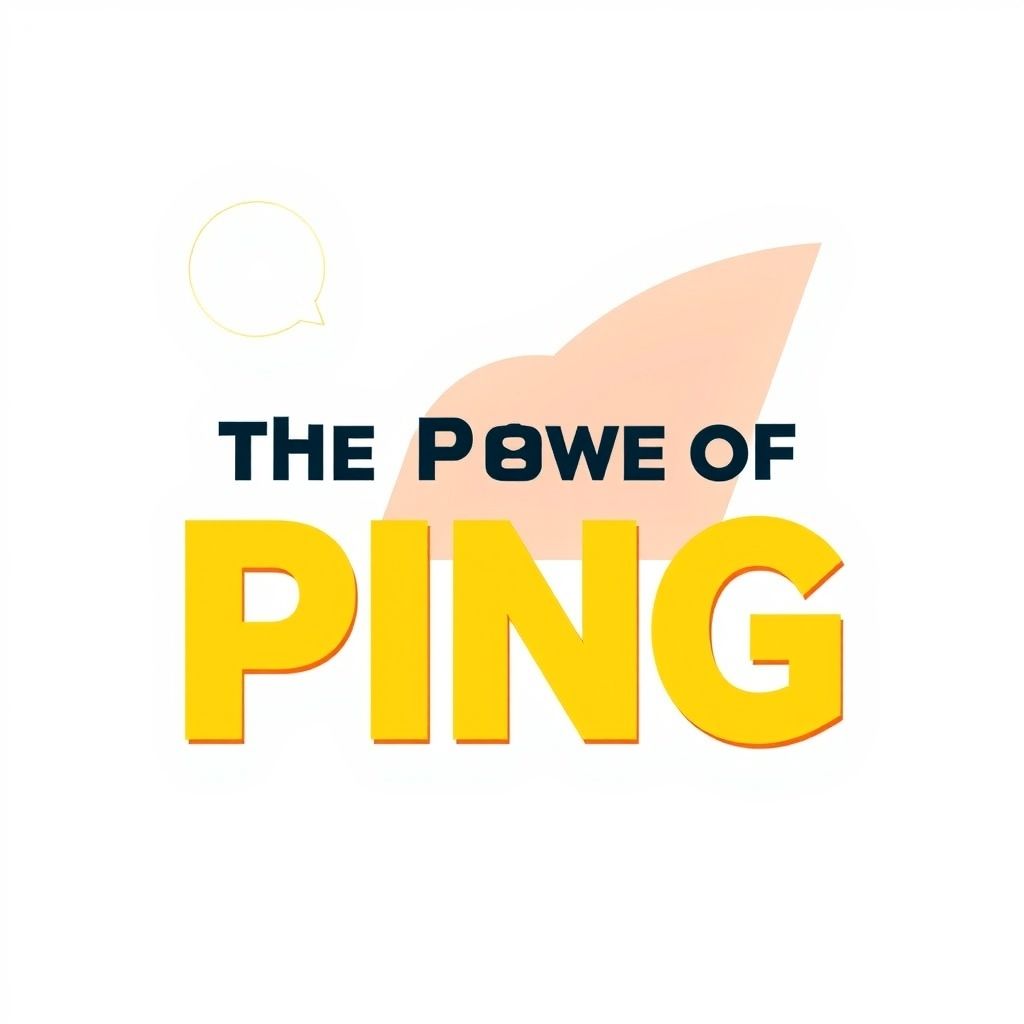
Unleashing the Power of PNG: How This File Format Can Transform Your Designs
When it comes to creating high-quality images for your designs, the PNG image format is a powerful tool that can truly transform your work. PNG, short for Portable Network Graphics, is a versatile and widely-used file format that offers a range of benefits for designers. From its ability to support transparent backgrounds to its lossless compression capabilities, PNG is a go-to choice for many professionals in the design industry.

The Basics of PNG Image Format
Before diving into the ways in which PNG can enhance your designs, it’s important to understand the basics of this file format. PNG was created as an alternative to the GIF format, with the goal of providing a more advanced and flexible solution for storing images. Unlike GIF, which is limited to 256 colors and does not support transparency, PNG offers a wide range of colors and the ability to have transparent backgrounds. This makes it an ideal choice for logos, icons, and other design elements that need to be placed on different backgrounds.

Benefits of Using PNG
There are several key benefits to using PNG in your designs. One of the most notable advantages is the format’s support for transparent backgrounds. This allows you to create images with smooth edges that seamlessly blend into any background, without the need for a solid color border. This can be particularly useful for web design, where images need to be placed over various backgrounds without looking out of place.
In addition to transparency, PNG also offers lossless compression, meaning that you can save images in this format without sacrificing quality. This is especially important for designs that require crisp, clear images, such as logos or illustrations. With PNG, you can save your files at high resolutions without worrying about compression artifacts or loss of detail.
Another benefit of PNG is its support for alpha channels, which allow you to create images with varying levels of transparency. This can be useful for creating effects such as shadows or reflections, or for blending images together seamlessly. Alpha channels give you greater control over the appearance of your designs, allowing you to create complex and visually appealing images with ease.

Optimizing PNG for Web
When using PNG images for web design, it’s important to optimize your files to ensure fast loading times and minimal file sizes. One way to do this is by using tools such as PNGGauntlet or ImageOptim, which can help reduce the file size of your PNG images without compromising quality. By optimizing your images, you can improve the performance of your website and provide a better user experience for your visitors.
Another tip for optimizing PNG images for web is to use the correct color mode. PNG images can be saved in either RGB or indexed color modes, with the latter typically resulting in smaller file sizes. If your design does not require a wide range of colors, consider using indexed color mode to reduce the size of your PNG files.

Examples of PNG in Action
Now that we’ve covered the benefits and optimization techniques for PNG, let’s take a look at some examples of how this file format can transform your designs. One common use of PNG is for creating logos with transparent backgrounds. By saving your logo as a PNG file, you can place it on any background without worrying about a white box or jagged edges around the edges.
Another example of PNG in action is for creating icons and illustrations. PNG’s support for alpha channels allows you to create intricate designs with varying levels of transparency, giving your icons and illustrations a more polished and professional look. Whether you’re designing a website, app, or print materials, PNG can help you create stunning visuals that stand out from the crowd.

Conclusion
In conclusion, the PNG image format is a powerful tool that can truly transform your designs. From its support for transparent backgrounds to its lossless compression capabilities, PNG offers a range of benefits for designers looking to create high-quality images. By understanding the basics of PNG, optimizing your files for web, and exploring its creative possibilities, you can unleash the full potential of this versatile file format in your designs.
So, next time you’re working on a design project, consider using PNG to take your images to the next level. With its flexibility, quality, and creative possibilities, PNG is sure to become a valuable asset in your design toolkit.
You might also like: PNG: The Ultimate Guide to Portable Network Graphics in 2021
